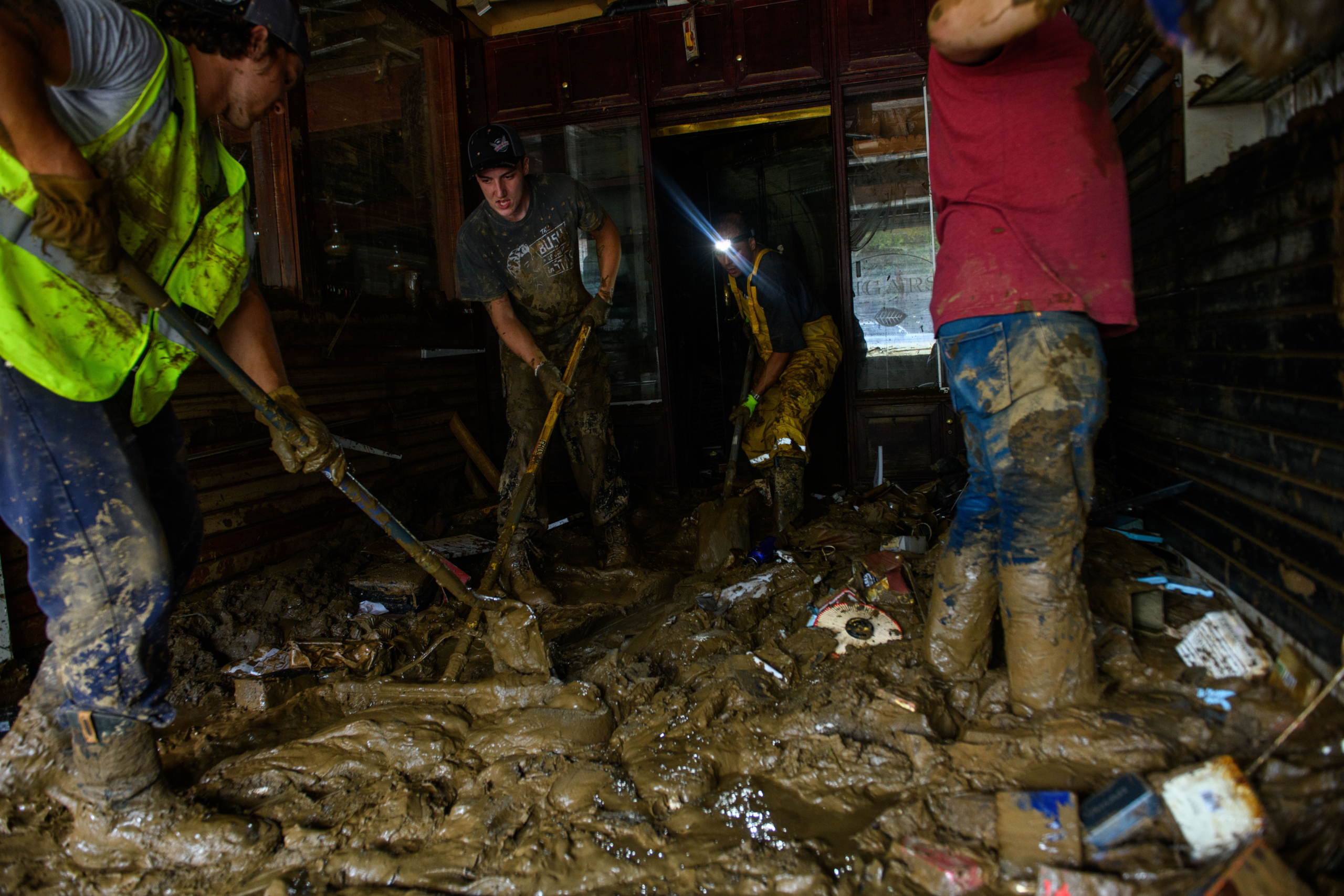
Environmental Intelligence: Sensing Danger from Orbit Part Two. Front Lines & High Seas
How did your country report this? Share your view in the comments.
Diverging Reports Breakdown
Environmental Intelligence: Sensing Danger from Orbit Part Two: Front Lines & High Seas
The Geostationary Operational Environmental Satellites (GOES) Data Collection System (DCS) supports the U.S. Army Corp of Engineers’ flood risk management mission. DCS relays signals from 40,000 platforms on Earth that measure environmental information like water height, wave height, air quality, wind speed, and temperature. NOAA provides flood data to the Federal Emergency Management Agency (FEMA) and its partners, including DoD, for responses to domestic disasters like the April 2025 flooding of the Ohio and Mississippi Rivers.
Surveying The Seas
The Navy, Marine Corps, and Coast Guard operate in high winds, punishing waves, and extreme temperatures. Maritime navigation requires environmental intelligence of potential risks and obstacles that would be impossible to see without satellite data. NOAA satellites provide data necessary for forecasting tropical cyclones, severe storms, wave heights, wind prediction, high-tide flooding, and visibility.
Accurate information helps protect tens of billions of dollars of American assets in personnel, weapons, systems, and vehicles. Proper weather forecasting is critical for preserving supply chains against disruption when time is of the essence. “Wars are won through logistics,” Steven Morani, Acting Assistant Secretary of Defense for Sustainment, told the Worldwide Logistics Symposium. Extreme weather exacerbates the need for robust planning and access to supplies.
LEO satellites have a unique view of the polar regions due to their paths over the north and south poles. Satellites can survey ice thickness, which is of particular interest to submariners. JPSS tracks melting sea ice, which is hazardous for ships. In some areas, ice melt opens new routes, which increases international traffic through the Arctic Circle. In others, thinning ice packs shed more loose chunks. In the last 20 years, the safe transit season of the Beaufort Sea north of Alaska has halved as large sheets of broken-up ice choke shipping lanes.
Source: https://www.nesdis.noaa.gov/news/environmental-intelligence-sensing-danger-orbit-part-two-front-lines-high-seas

